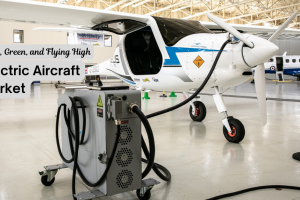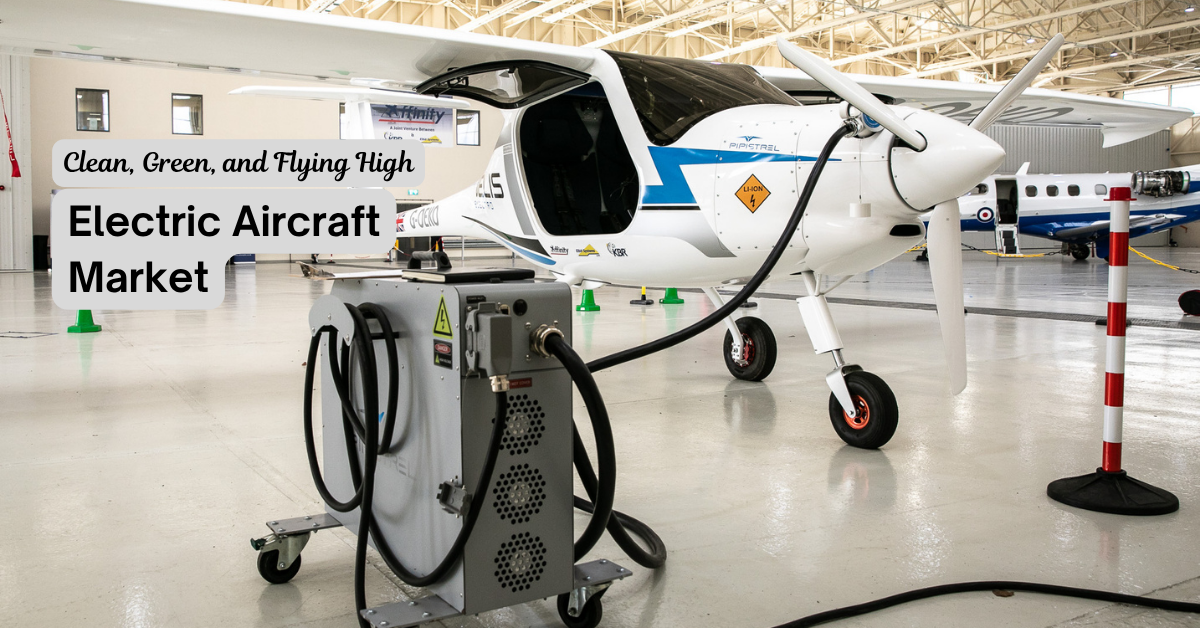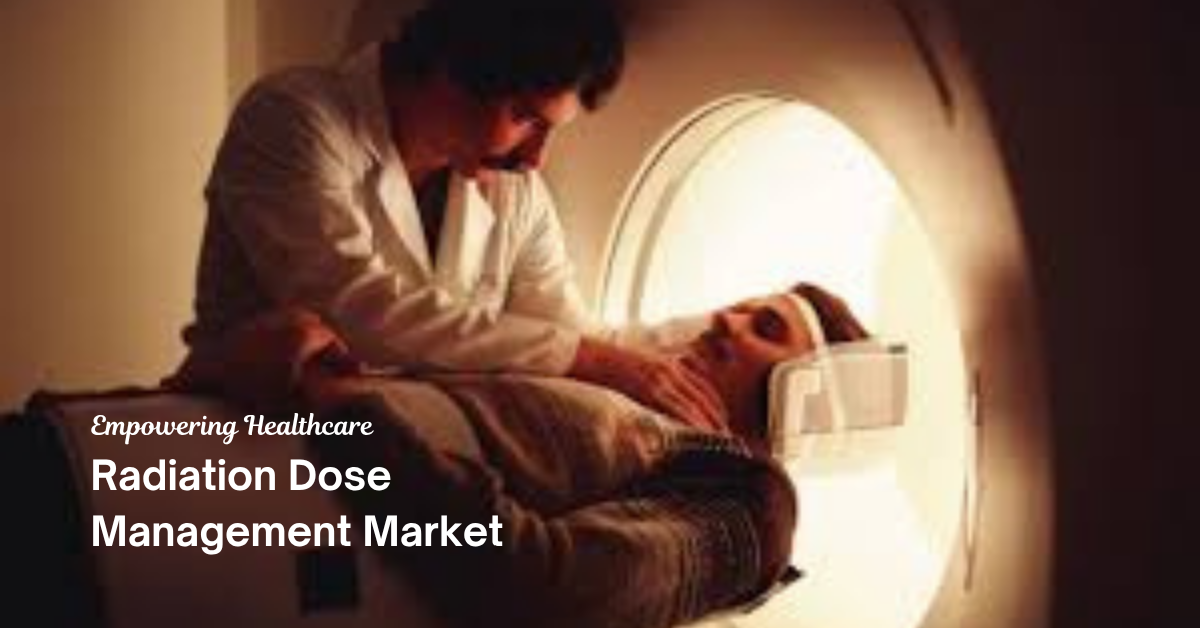
Market Overview
The Global Trauma Fixation Market was valued at USD 5,101.08 million in 2018, rising to USD 6,490.95 million in 2024, and is projected to reach USD 10,871.72 million by 2032, expanding at a CAGR of 6.66% during the forecast period. This notable growth stems from the rising incidence of fractures, trauma-related injuries, and road accidents globally. In addition, increasing awareness about surgical treatments and a surge in sports-related injuries contribute significantly to the market expansion.
The trauma fixation market plays a pivotal role in modern healthcare by restoring anatomical alignment and ensuring faster recovery for patients with bone injuries. With the aging population increasing, cases of osteoporosis and degenerative bone diseases are on the rise, further fueling the demand for fixation solutions. The market includes both internal and external fixation devices, offering varied treatment options based on injury type and location.
In the global healthcare landscape, trauma fixation is seen not only as a life-saving intervention but also as a solution that improves the quality of life post-injury. Developing nations are investing heavily in healthcare infrastructure, while high-income countries are rapidly integrating innovative orthopedic solutions. This dual momentum makes the trauma fixation market a critical area for both investment and innovation.
Read full report: https://www.credenceresearch.com/report/trauma-fixation-market
Market Drivers
Increasing Road Accidents and Trauma Injuries
The global rise in road traffic accidents significantly contributes to trauma-related injuries. According to global health authorities, millions of people sustain fractures or severe trauma each year, requiring surgical intervention. As a result, trauma fixation solutions such as internal and external fixators are increasingly adopted in emergency care settings, supporting sustained market growth.
Aging Population and Osteoporosis Incidence
Elderly individuals are at higher risk of fractures due to conditions like osteoporosis and decreased bone density. The growing geriatric population worldwide directly correlates with an increased need for orthopedic interventions. Consequently, the demand for trauma fixation devices in aged populations is escalating rapidly, reinforcing the need for effective bone repair technologies.
Technological Advancements in Fixation Devices
Advances in materials science and surgical technologies have revolutionized trauma fixation. Modern devices offer improved biocompatibility, reduced healing times, and enhanced patient comfort. Bioabsorbable fixators, for instance, are gaining traction, minimizing the need for secondary surgeries. This innovation wave encourages hospitals and trauma centers to upgrade their equipment continually.
Increasing Adoption of Minimally Invasive Surgery
Minimally invasive surgical procedures are being widely adopted for their faster recovery times and reduced hospital stays. This trend extends to trauma fixation, where newer systems are being designed to support percutaneous or small-incision techniques. These approaches appeal to patients and surgeons alike, boosting the market’s growth trajectory.
Market Challenges
High Cost of Advanced Trauma Fixation Devices
Innovative fixation systems, while effective, often come with high price tags. This financial barrier restricts access in low-income and developing countries. Public hospitals and smaller surgical centers frequently opt for traditional, lower-cost options, limiting market penetration for advanced systems.
Regulatory Hurdles and Approval Delays
Gaining regulatory approval for new trauma fixation devices is time-consuming and expensive. Companies must navigate complex processes across different countries, impacting time-to-market. These regulatory bottlenecks can delay innovation and discourage new entrants.
Limited Awareness in Developing Regions
In several low- and middle-income regions, lack of awareness about trauma care solutions results in delayed treatment or reliance on non-surgical methods. This challenge restricts market growth in areas with high trauma incidence but limited medical literacy or healthcare access.
Skilled Workforce Shortages
Effective trauma fixation requires skilled orthopedic surgeons and trained surgical teams. Many rural and underdeveloped regions lack access to such professionals. The shortage of adequately trained personnel hinders optimal use of trauma fixation systems and impacts treatment outcomes.
Market Opportunity
Untapped Potential in Emerging Markets
Countries in Asia-Pacific, Latin America, and Africa are witnessing a surge in road accidents and trauma injuries. With improving healthcare infrastructure and rising investments, these markets offer untapped potential for trauma fixation solution providers looking to expand geographically.
Rise in Ambulatory Surgical Centers
Ambulatory surgical centers (ASCs) are increasingly performing orthopedic procedures at lower costs. These centers are adopting trauma fixation technologies rapidly due to shorter turnover times and better outcomes. This growth presents new sales channels for manufacturers.
Personalized Trauma Fixation Devices
The demand for personalized and patient-specific fixation devices is on the rise. Technologies such as 3D printing and custom implants are opening up new avenues for product differentiation. Manufacturers can leverage this trend to offer bespoke solutions for complex trauma cases.
Integration of Smart Orthopedic Technologies
Smart implants that can monitor healing progress and send data to healthcare providers represent a significant opportunity. These innovations align with broader digital health trends and are likely to shape the next wave of trauma fixation development.
Market Segmentation
By Type:
- Internal Fixators
- External Fixators
By Surgical Site:
- Upper Extremities
- Lower Extremities
By End User:
- Hospitals
- Ambulatory Surgical Centers
- Trauma Centers
- Others
By Application:
- Shoulder and Elbow
- Hand and Wrist
- Hip & Pelvis
- Knee
- Foot and Ankle
- Spinal
- Others
Based on the Geography:
- North America
- Europe
- Asia Pacific
- Latin America
- Middle East & Africa
Regional Analysis
North America
North America dominates the trauma fixation market due to advanced healthcare infrastructure and high per capita healthcare expenditure. The U.S. remains the largest contributor, driven by favorable reimbursement policies and widespread adoption of advanced trauma care solutions.
Europe
Europe ranks second in terms of market share, with Germany, the UK, and France leading the region. Growing geriatric population, rising incidence of osteoporosis, and increasing awareness about orthopedic procedures contribute to regional growth.
Asia Pacific
The Asia Pacific region is expected to witness the highest growth rate, primarily driven by China, India, and Japan. Rapid urbanization, increased road accidents, and improving healthcare facilities create a fertile ground for trauma fixation device manufacturers.
Latin America
Latin America is showing steady growth, with Brazil and Mexico being the top-performing countries. Government efforts to modernize healthcare systems and growing medical tourism are contributing factors to the region’s expansion in trauma care.
Middle East & Africa
This region is gradually advancing in the trauma fixation landscape, with countries like UAE and South Africa leading the way. Growth is supported by improving hospital infrastructure, strategic collaborations, and a rising focus on trauma management.
Top Companies
- DePuy Synthes
- Stryker Corporation
- Zimmer Biomet Holdings, Inc.
- Smith & Nephew PLC
- Medtronic
- Biomet Inc
- Orthox Medical Inc.
- Conformis
- Globus Medical, Inc.
- MicroPort
Future Outlook
- Integration of AI in surgical planning will boost efficiency in trauma care.
- Increased demand for biodegradable fixation materials is expected to rise.
- Rapid expansion in emerging markets will provide new growth avenues.
- Home-care orthopedic rehabilitation tools will support post-op recovery.
- Partnerships between hospitals and med-tech firms will enhance device adoption.
- Robotic-assisted orthopedic surgeries will gain more market traction.
- Telehealth and virtual consultations will support trauma follow-ups.
- Regulatory frameworks are expected to streamline and improve globally.
- Expansion of outpatient trauma surgeries will reshape market dynamics.
- Personalized implants using 3D printing will revolutionize orthopedic trauma solutions.
Read full report: https://www.credenceresearch.com/report/trauma-fixation-market







